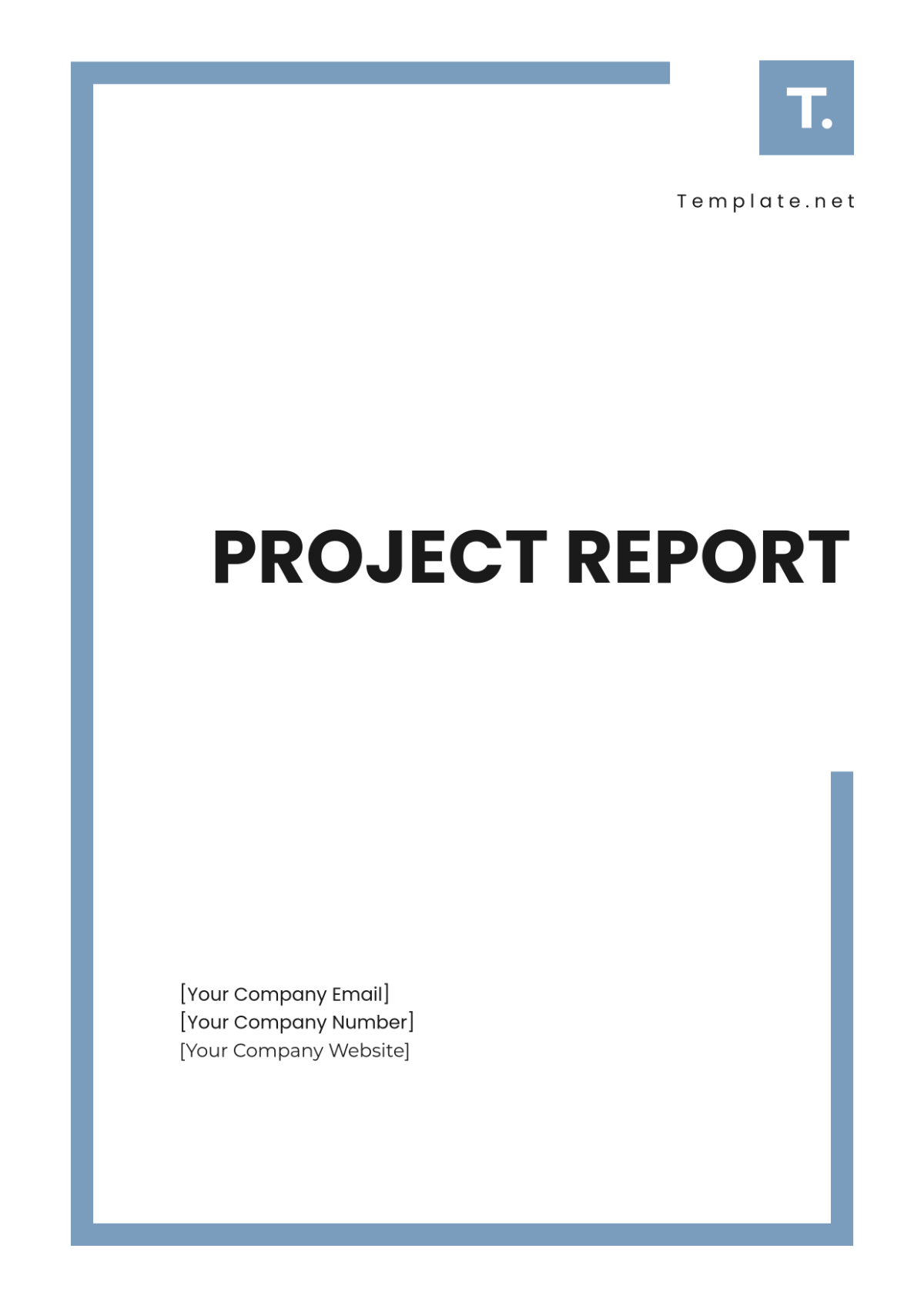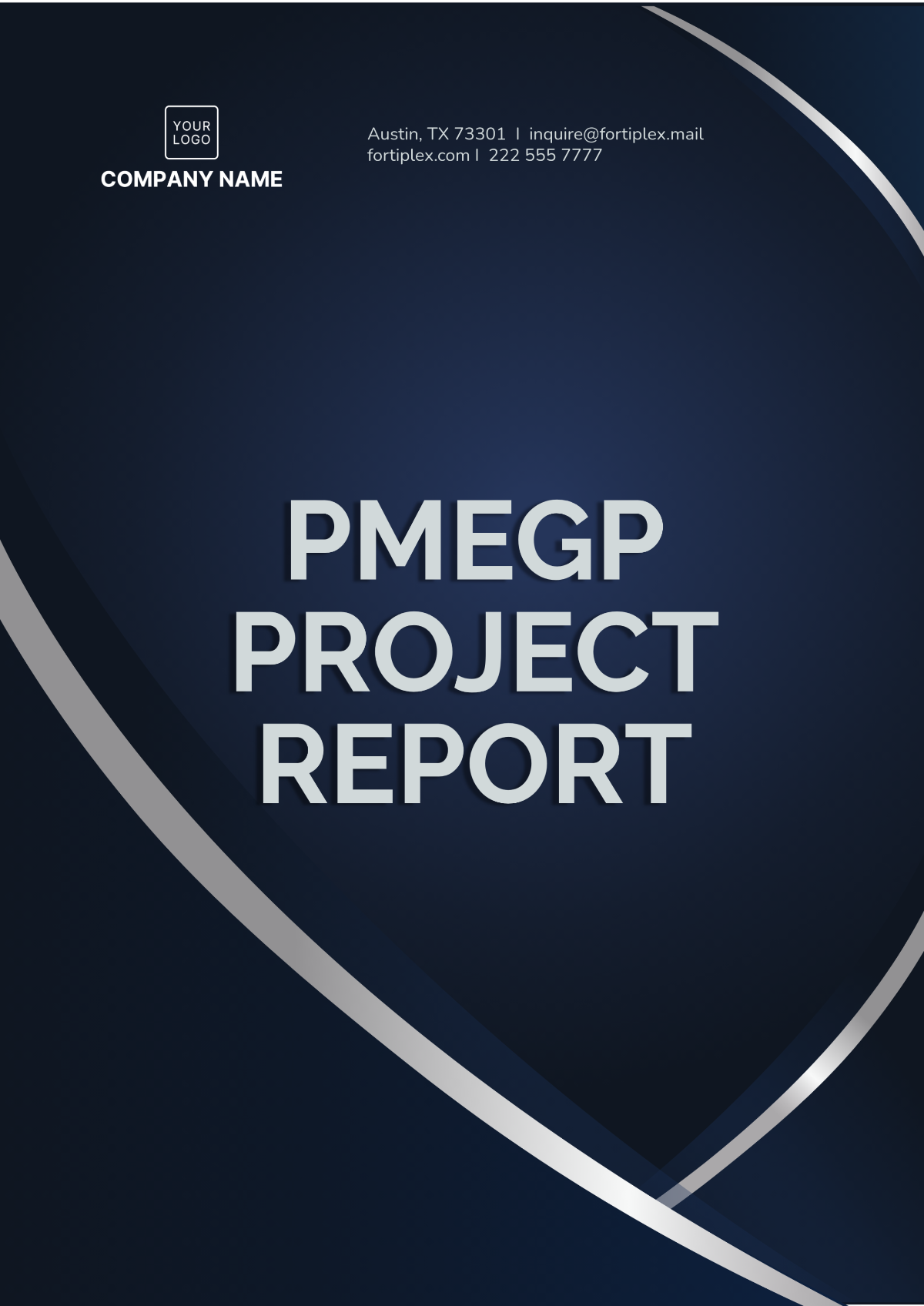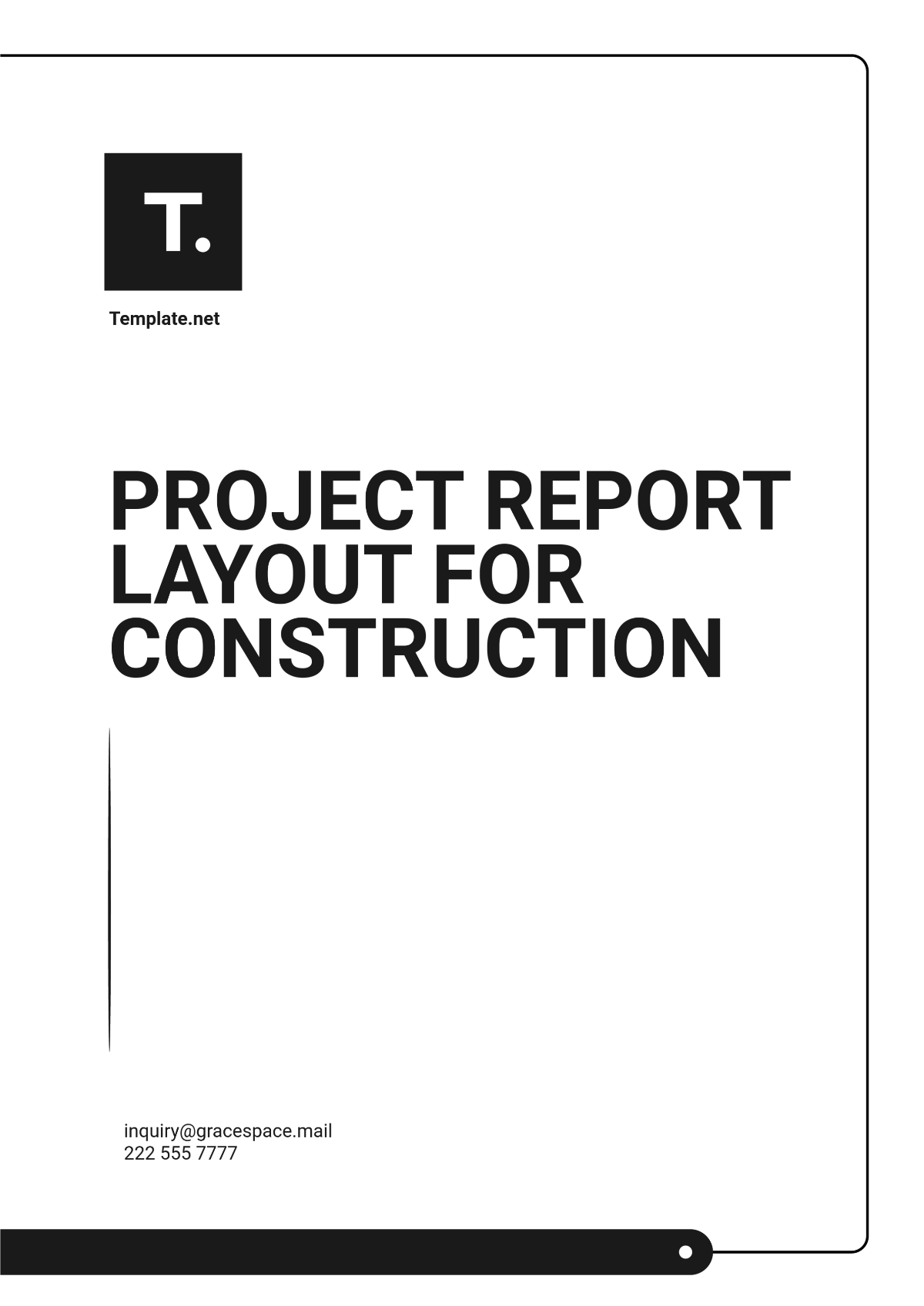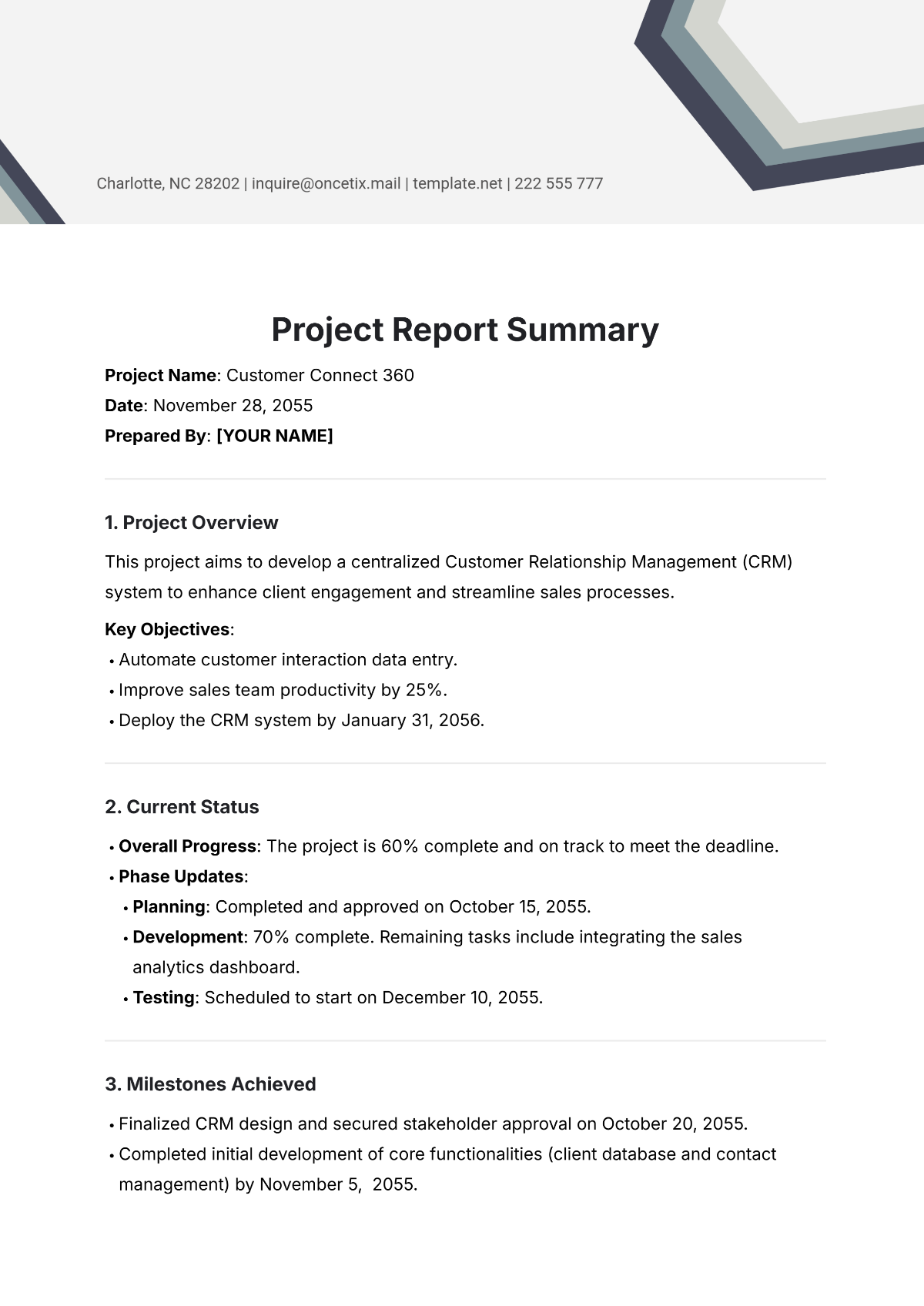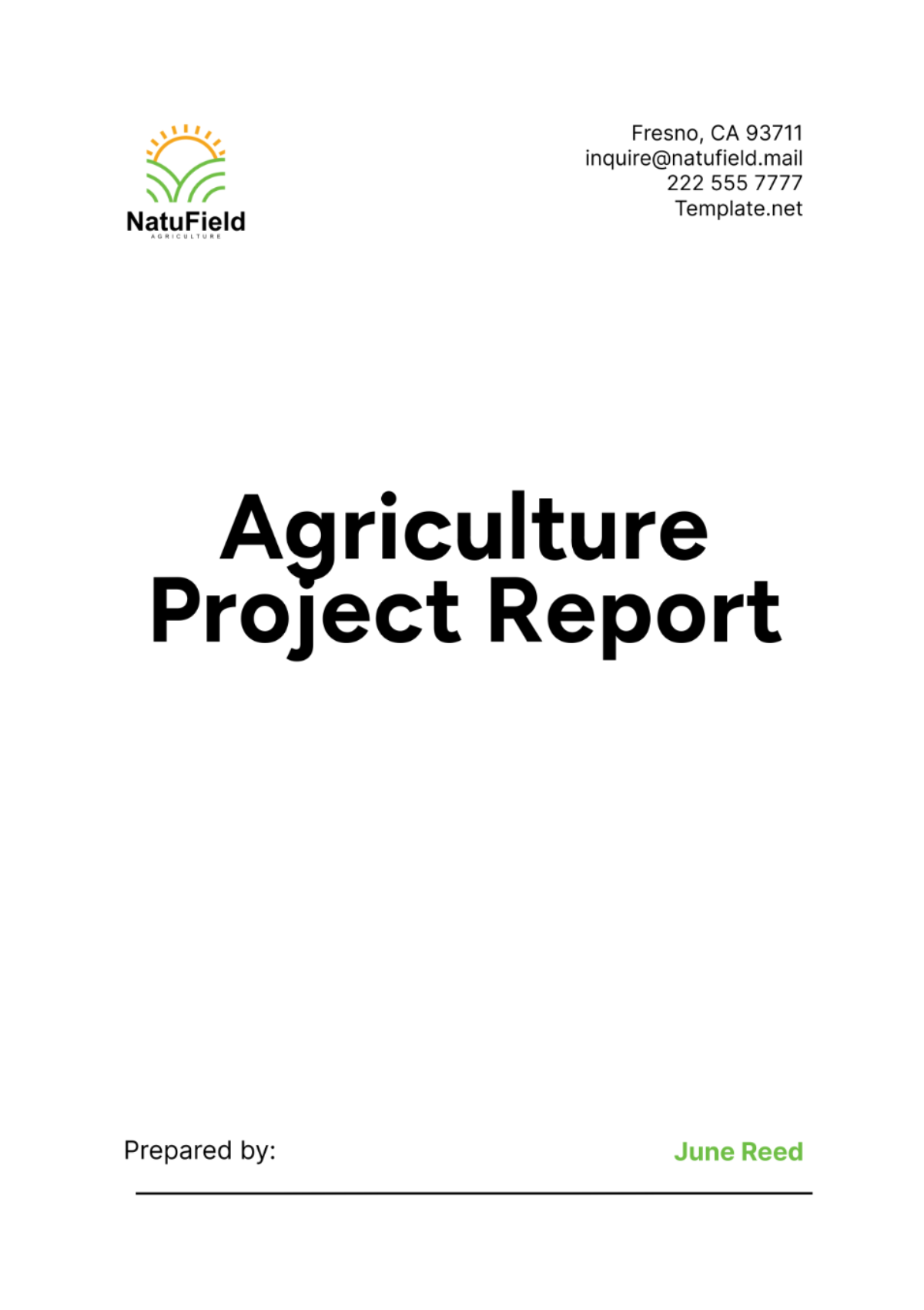How to Write a Project Report
Author: [YOUR NAME]
Date Published: [Date]

Introduction
Writing a project report is a vital skill for anyone involved in project management or team leadership. A well-crafted report not only communicates the current status of a project but also helps in decision-making, highlights successes, and uncovers potential challenges. This article will guide you through the essential steps of writing an effective project report.
Understand the Purpose
The first step in writing a project report is understanding its purpose. Is it a regular status update, a final report, or a specific analysis? Each type of report may require different information and emphasize different aspects of the project. Clearly identifying the objective will help structure your content appropriately.

Know Your Audience
Next, consider the audience. A report intended for stakeholders will differ in detail and tone from one aimed at the project team. Stakeholders may require more summary information and highlights, while the project team might need detailed data and technical specifics.
Organize Your Content
Organizing content logically is crucial for coherence and readability. A typical project report might include sections such as an executive summary, objectives, methodology, findings, and conclusions. Decide on a structure that best suits your report's purpose and audience.
Write the Executive Summary
The executive summary provides an overview of the entire report, summarizing key points for readers who may not have the time to read the full document. Keep it concise, around one to two paragraphs, and include the main findings, conclusions, and recommendations.
Detail the Objectives
The objectives section should outline what the project aimed to achieve. Be precise and clear in stating each objective, ensuring they align with the project's scope as initially defined.
Explain the Methodology
In the methodology section, describe the approaches, tools, and techniques used to carry out the project. This provides transparency and allows others to understand how the results were derived.
Present the Findings
Present your findings in a structured manner, using charts, graphs, and tables if necessary. Ensure the data is accurate and relevant to the project's objectives. Summarize each key finding and discuss its implications on the project.
Conclude With Insights
The conclusion should wrap up the report by discussing what the findings mean for the project. Refer back to the objectives to ensure they have been addressed. Offer insights into the project's success and areas for future improvement.

Recommendations
Include a recommendations section to propose actions based on your findings and conclusions. Recommendations should be actionable and supported by data presented in the report.
Edit and Proofread
Before finalizing the report, ensure it is free of errors by carefully editing and proofreading. Check for clarity, grammar, and consistency in formatting. A polished report enhances credibility and ensures the message is effectively communicated.
Final Thoughts
Writing a project report involves a blend of analytical and communication skills. By understanding the audience, structuring the content clearly, and presenting data effectively, you can produce a report that serves its intended purpose and supports the success of your project.
